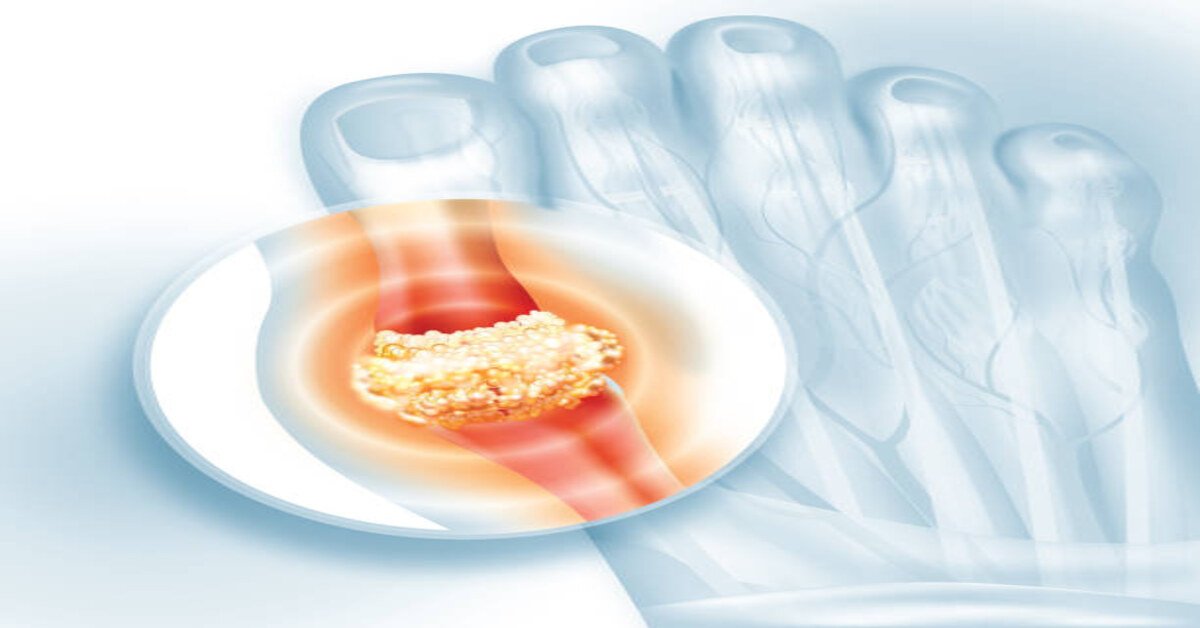Bunions are a common condition that can affect the feet, making everyday activities uncomfortable for some. This condition develops gradually and involves changes to the foot’s structure, specifically around the joint of the big toe. Understanding the causes, symptoms, and available treatments can make managing this condition more manageable. Here are some causes, symptoms, and treatment options for bunions:
What Causes Bunions?
Bunions are often linked to a combination of genetic factors. Others may be influenced by lifestyle or footwear choices. Improper footwear, high heels, foot shape, and other factors can lead to this condition.
Genetics
For some individuals, bunions run in the family. A hereditary tendency toward foot shape or structure, such as flat feet, low arches, or overly flexible joints, may create conditions that allow bunions to develop over time. While genetics alone may not directly cause a bunion, it can increase the likelihood of experiencing one.
Crowded Toes and Footwear
Tight or ill-fitting shoes are commonly associated with the development of bunions. Footwear that squeezes the toes together or forces the foot into unnatural positions, such as high heels, can put pressure on the joint of the big toe. Over time, this pressure may cause the big toe joint to shift, leading to a bunion.
Symptoms of Bunions
The symptoms of bunions can range from mild discomfort to difficulty with everyday activities. It usually involves the big toe. While everyone may experience this condition differently, there are some common signs to look out for.
Difficulty Wearing Shoes
Individuals with bunions often struggle to find comfortable footwear. Pain or pressure on the big toe joint can make wearing regular shoes uncomfortable. This can progress if the bunion causes the foot to take up extra space inside the shoe.
Big Toe Turning Inward
One noticeable symptom of a bunion is the gradual shifting of the big toe toward the smaller toes. This inward turn can change the alignment of the foot. It can also make walking or standing for long periods more challenging.
Protrusion on the Inside of the Toe
The most recognizable symptom of a bunion is the visible bump that forms at the base of the big toe. This protrusion, caused by the misalignment of the toe joint, may become red or swollen as pressure and friction increase. Fortunately, treatment options are available.
Treatment Options for Bunions
If you suspect that you are dealing with a bunion, there are steps you can take to address the discomfort and prevent the condition from worsening. Treatment options vary depending on the severity of the bunion and the level of pain experienced.
Orthotics and Footwear Adjustments
Custom orthotics or specialized insoles are popular non-invasive options that can relieve bunion-related pressure. These devices help redistribute weight evenly across the foot, reducing the strain on the big toe joint. Switching to wide-toe box shoes that provide adequate space for your feet can make daily walking more comfortable.
Medication
For those experiencing pain or inflammation, over-the-counter medication may offer temporary relief. Heavy prescription pills aren’t always the answer. Nonsteroidal anti-inflammatory drugs (NSAIDs) are often used in these cases.
Surgery
When other treatment options are not effective, and symptoms significantly disrupt daily activities, surgery may be an option to explore. Procedures to realign or remove parts of the bone and correct the positioning of the toe joint are available. A medical professional can recommend the best surgical approach.
Seek a Podiatry Clinic
Though often manageable, bunions can impact your quality of life if left unaddressed. There are effective ways to relieve symptoms or prevent further discomfort. Consult with a healthcare professional can provide additional guidance tailored to your needs.
Stay Connected with: Binzinga



